Eric Betzig, Howard Hughes Medical Institute, Stefan Hell, Max Planck Institute for Biophysical Chemistry, and William Moerner, Stanford University, share award for the development of super-resolved fluorescence microscopy.
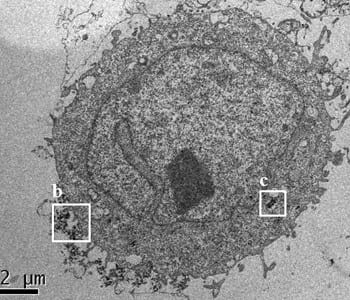
Biological and nanotoxicity assay for cellular nanoparticles
The combination of flow cytometry and X-ray fluorescence enables semi-quantitative estimation of cellular SiO2 nanoparticles and their biological effects.
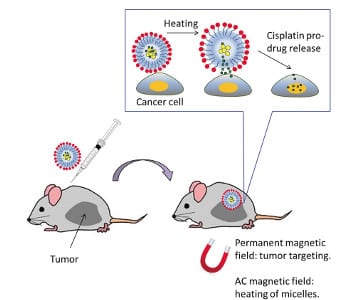
Thermosensitive magnetomicelles – a closer look at antitumor pro-drug delivery
Cisplatin pro-drug delivery via thermosensitive magnetomicelles is visualized at the interface between nanomaterials and living systems with sub-100 nm resolution
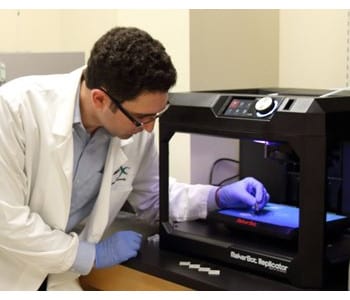
Printing 3D medical implants
Researchers develop an innovative method for using affordable, consumer-grade 3D printers and materials to fabricate custom medical implants.
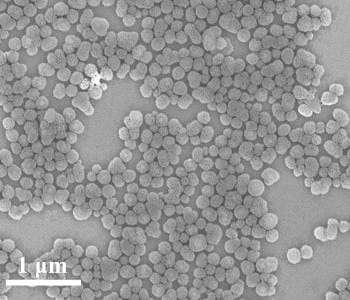
A sense-act-treat system for chemotherapy
A smart nanomedicine that combines a pH-activated ratiometric probe with a therapeutic gold nanocage for combined cancer diagnostics and treatment.
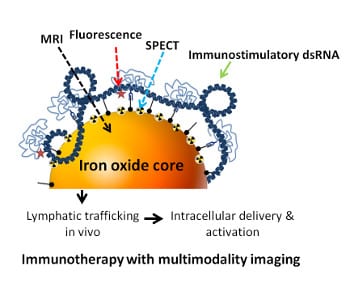
Multifunctional nanocarriers for therapeutic immunology and diagnostics
A new class of iron oxide nanocarrier activates the immune system and serves as a contrast agent for multiple imaging techniques.
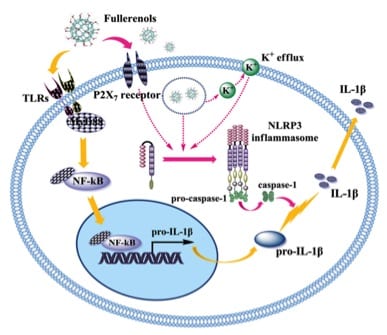
Polyhydroxylated metallofullerenols play dual roles to activate macrophages
Prof. Chunying Chen and her colleagues from the National Center for Nanoscience and Technology, China demonstrate that polyhydroxylated metallofullerenol can activate primary mouse macrophages to produce pro-inflammatory cytokines.
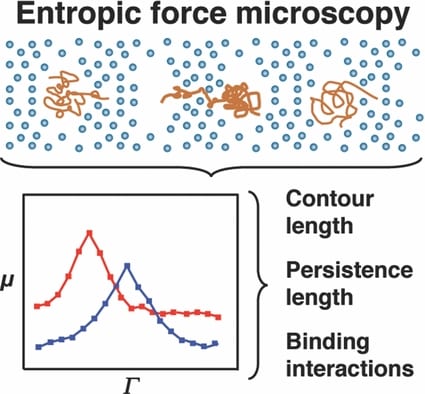
Nano-confinement reduces the chaos of DNA interactions: Bringing order to chemotherapy
Researchers at Texas A&M have observed dynamics that could otherwise be discounted as noise in DNA/small molecule interactions.
Nanoparticle system combines chemo- and antiangiogenic therapy
Xuesi Chen and co-workers from the Changchun Institute of Applied Chemistry explore the potential of combining chemotherapy with antiangiogenic therapy.
Highlight on: “P-Glycoprotein-dependent trafficking of nanoparticle-drug conjugates”
The research article from Georgia Tech addresses an important issue in the current battle against cancer – the development of resistance to anticancer drugs, which leads to the loss of efficacy of chemotherapeutic treatment.










